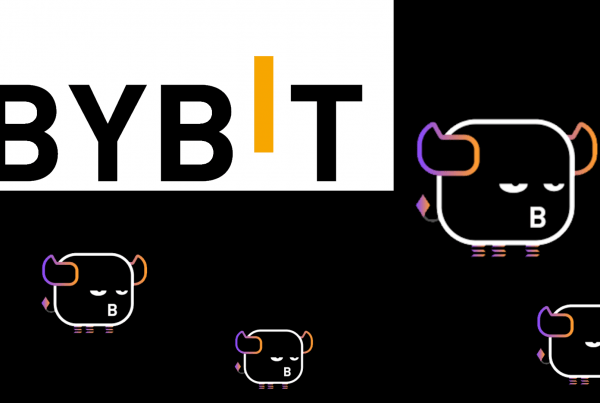
The sheer pace of growth in DeFi over the last two years has been staggering. According to DeFiLlama, in January 2020, the total value locked was under $1 billion but had reached $20 billion by January 2021 and hit $200 billion before the year was out. If it continues to grow at the same rate, it will be worth $2 trillion before this time next year.
What, or rather who is driving this growth? One common narrative that we hear around DeFi is that it has the potential to be of financial benefit to everyone. Blockchain is open and permissionless, so even those currently excluded from the traditional financial system, known as the “unbanked,” can participate. It’s estimated that there are around 1.7 billion such people who don’t have a bank account and can’t access credit. Inevitably, many of them live in developing countries, perhaps in rural areas, far from the nearest bank. Many will lack a formal government ID, meaning that they couldn’t get a bank account anyway.
But with an internet connection via a mobile phone, they could access DeFi protocols and gain access to a whole new financial system. At least, that’s how the narrative goes.
Except, it isn’t really working out like that so far.
Just How Accessible is DeFi?
In principle, DeFi may be open and democratic, but in practice, it’s evolved to have many similar barriers to the traditional financial system. In centralized finance, processes like know-your-customer create a barrier to entry for those who don’t have a government-issued ID. In DeFi, there’s no need to undergo KYC, but that creates a lack of trust because nobody knows who is on the other side of a transaction. In lending markets, lenders need to trust that they can recover their funds.
What’s more, the volatility inherent in the crypto markets means that this trust is further compromised because if the value of cryptocurrency suddenly crashes, how can the borrower repay? This is the exact scenario that played out in March 2020 when the crypto markets crashed as a result of the spiraling news about the pandemic. As the price of ETH plummeted, suddenly, borrowers of Maker’s DAI stablecoin didn’t have enough collateral to cover their loans.
So the DeFi markets have evolved to include a safety mechanism – over-collateralization. It introduces an element of trust for lenders, as a borrower has to prove that they have deposited more than the loan’s value to be able to borrow. However, this mechanism has an unfortunate side effect – it means that DeFi lending is only available to those who have money in the first place, and those without collateral are excluded. In essence, DeFi risks becoming as exclusive as the rest of the world’s capital markets.
Redressing the Balance
Thankfully, some operators recognize this imbalance and are taking steps to remedy the situation. Primex is a liquidity protocol for DEX-agnostic cross-margin trading with scoring mechanisms. It allows anyone to access leveraged trading without providing collateral to open a position.
To open a leveraged position on Primex, traders only need to lock the deposit. The protocol does not transfer any funds to external wallets, and, in case of liquidation, the locked assets are transferred to the protocol TVL. Traders use smart contracts within the protocol to interact with DEXs, not their personal wallets.
To overcome the trust challenge, Primex introduces a dynamic risk profiling protocol enabling undercollateralized DeFi lending across DEXes. Lenders can choose the risk profile of their pool based on an aggregated reputation score of the borrowers.
An eventual goal of Primex is to resolve the trade-off between KYC and over-collateralization using a mechanism for trustless, decentralized verification that leverages established governance protocols. In doing so, the project aims to bring decentralized versions of traditional services into the mainstream.
If this can be achieved, the DeFi will ultimately be able to reach the vision of being a truly open and democratic financial system that’s capable of banking the world’s unbanked and redistributing value throughout all layers of the economy.



